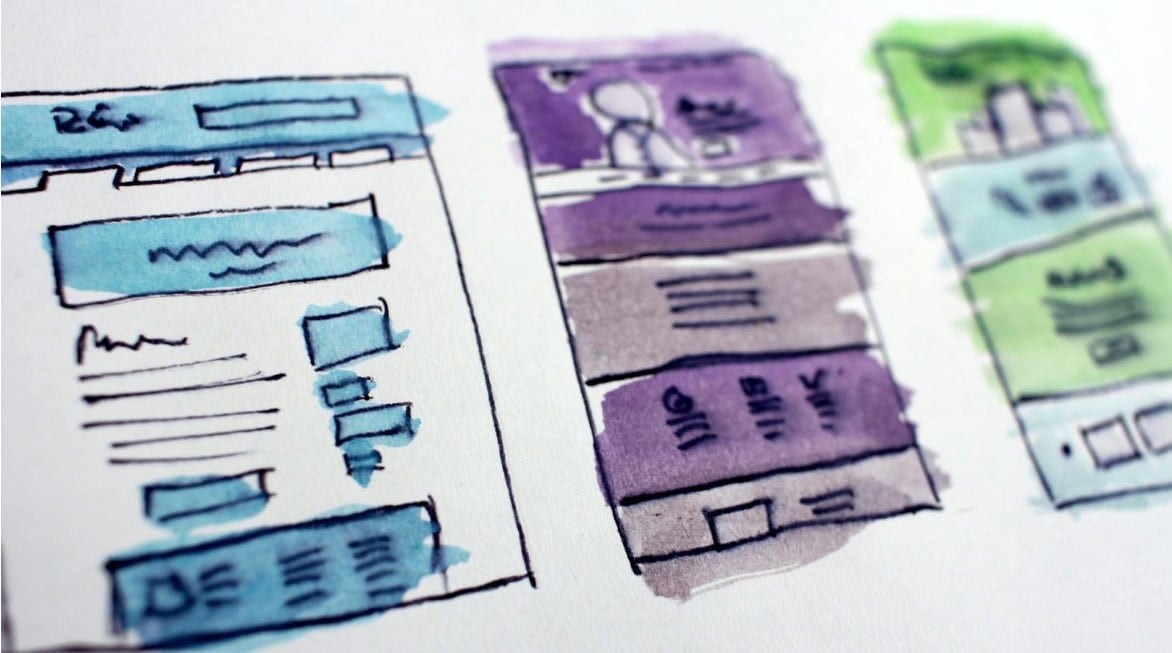Trends are fickle in the information age. Younger millennials and Gen Z-ers communicate through memes like they’re modern-day cave paintings or smoke signals. The rapidity at which new trends become stale can be daunting for any PR professional trying to pinpoint and capture the zeitgeist.
In addition, you must also compete with this current generation’s seemingly low attention spans. Thus, every brand has a story to tell—and this means there is no shortage of stories out there being told. So, how will you make yours compelling enough to attract attention?
The following article will provide a guide on how to do just that by leveraging data analytics. You’ll learn how to future-proof your campaigns, increase engagement and enhance your brand identity, all through engaging narratives.

Photo by Carlos Muza on Unsplash
The importance of storytelling in PR
In essence, brands are abstract. They’re not necessarily the places their headquarters are located, the people who work for them or even the products they sell—at least not to the public.
That’s where storytelling comes in—it allows you to corporealize and humanize brands by making them more relatable and identifiable.
People want someone to champion and support them. They’re far more likely to throw their weight behind brands they can identify with. And at the end of the day, while parasocial relationships are indeed unhealthy, they reveal a lot about fan culture.
Ultimately, you want your brand to cultivate fans, not just clicks or customers. It takes more than being witty and writing good copy. You need to keep a steady pulse on current trends and interests, in addition to being able to communicate to your audience in their “language”.
Of course, technology makes this process easier, but you must figure out which tools and solutions will help you improve your storytelling.
Technology’s role in PR storytelling: The road to data
When it comes to telling a story, tech has always been a useful medium. From AOL chat rooms in the 90s to long-winded Facebook posts and short tweets, it’s always been easier to rely on established platforms and channels.
Nevertheless, keeping track of which storytelling methods work best with so many channels at your disposal can be quite difficult. This is another avenue that data tracking and analytics can help you. Especially if you’re trying to automate and synchronize your posts.
Many PR professionals rely on a suite of tools to pull, analyze, and interpret data for their storytelling initiatives. From CRM systems to advanced analytics dashboards, these tools make it easier to craft narratives that resonate with targeted audiences.
Another crucial component in this digital toolkit is secure document editing software. With the right integrated solution, teams can collaborate in real time, all while ensuring that sensitive data remains secure.
Likewise, such platforms provide not only the flexibility to edit press releases, data reports, and campaign briefs collectively but also offer robust encryption features, making it an essential part of a data-driven PR approach.
In other words, think about your tech stack before engaging in narrative building. Know what your story is, decide what you need to tell it, and only then you should start thinking about how to convey that story.
Understanding data-driven storytelling
“Men lie, women lie, numbers don’t”—everyone knows this phrase, hence why marketers tend to over-rely on numbers. But as beneficial as they are for supporting claims, numbers, and data are bad at one thing in particular—telling stories.
Simply put, raw data isn’t believable. Research by the Centre for Economic Policy Research (CEPR) supports this, as their experiment determined that while people are more likely to believe data instantly, they are prone to losing that trust equally quickly, while stories tend to stick over time.
Data and metadata don’t mean much to people who are non-data professionals. Businesses and everyday individuals are more interested in what the numbers mean or represent. When data is contextualized and presented as a story, it’s easier to understand.
This is essentially the purpose of data-driven storytelling—it involves extracting actionable insights from data and presenting it visually. And it can be in the form of anything, whether it’s simple social media posts, infographics or even video overviews.
The ultimate goal is to make data more digestible. Data-driven can be used within organizations and outside of them. It can inform marketing campaigns and be a part of them.
Data can legitimize your campaigns by propping them up with actual empirical evidence. Metrics, facts, and figures tell your audience that you’re not just making empty promises.
The components of data-driven storytelling
Some of the most obvious usages of data-driven storytelling are in fitness apps. Apps like Garmin Connect take data recorded from your fitness tracker and present it in a dashboard. They also use this data to tell stories about your overall health.

For instance, it will analyze your sleep patterns (data) and then tell you how you can improve your sleep (the story). Of course, the mechanism is much more complex and involves APIs, backend architecture, and plenty of other things.
The same goes for any personal grocery shopper app—as you create more and more lists (data), the app gets to know more about you and can provide you with better recommendations and insights into your own nutritional habits (the story).
So, whether it’s an app for your phone or a campaign targeting your clients, every instance of data-driven storytelling can be separated into three main categories:
- Analysis: Involves collecting and sorting the data, whether manually via third-party software or storing it in a secure server/drive for later deconstruction.
- Insight/Visualization: This involves visualizing the data in the form of charts, tables, images, graphs, etc, making it significantly easier to understand.
- Narrative: Finally, you can take the visuals, extract the most important ones and turn them into carefully worded storylines that attract, impress, and eventually, convert your target audience.
As you might have guessed, one of the most important elements of crafting a data-driven narrative is deciding who the story is most relevant to. To be certain you’re hitting the right notes, make sure you determine a set of key performance indicators (KPIs). If you manage to hit them, that means your story does its job.
But how does one achieve this? Through storyboarding, of course.
Storyboarding for data-driven storytelling
Whether you’re trying to develop stories that are data-driven or not, storyboarding is an extremely useful technique. As a reminder, the entire point of data-driven storytelling is to visualize data. Storyboards are in themselves, data visualization tools that can help you transform your data from words and ideas to complete narratives—all on a single board.
Furthermore, storyboards allow you to find and extract relevant messages from large records of data, all while making the insights visible and available to everyone.

Photo by Kaleidico on Unsplash
You can storyboard your data in just five steps:
-
Gathering your data
The first step involves deriving or collecting your data. Your data points are dependent on the product or brand you’re promoting. For instance, if it’s an app, a large portion of your data will be derived from usage data.
Social media has become one of the best places to mine and collect data. You can collect data related to page or account views, reposts, comments, and other engagement data.
Likewise, there’s also the ability to launch surveys if you want deeper and somewhat more accurate audience analytics. Regardless of which avenue you pick, you must ensure you have the necessary data to build your storyboards, as well as the means to collect that data.
-
Outline
Creating an outline is the next step in storyboarding. It involves finding and obtaining the key data points. What message do you want to convey to your target audience? What is most relevant to them and why? What data shouldn’t be a part of the narrative? These are questions you should ask and promptly answer if you want to create a fruitful data-driven storyline.
-
Sketching and drafting
Draw or sketch how you expect your audience to engage with the data or its key messages. Use boxes and UML diagrams if needed. Remember—you’re trying to visualize the various ways that the data may be useful or impactful to the user.
This phase can also help you determine the end goal of your narrative. Are you trying to create a call to action? Or maybe you’re just looking to inspire and raise awareness? You can also use this step to decide what conduit or platform you’ll use to relay your story.

Photo by Hal Gatewood on Unsplash
Will it be on a website? Do you want to make it interactive or will you opt for a simple infographic? Once again, this step is an opportunity for you to throw anything and everything at the wall. Be as creative as you want to be, and only think about removing the clutter later on.
-
Refine and arrange
Decide which part of the sketches or preliminary ideas will work. Then take some time to think about how all the pieces connect and how your story will progress and unfold. This will also enable you to find any plot holes or missing parts in your story.
Most importantly, don’t be afraid to be brutal or harsh. Even though these are your or your team’s ideas, the goal is still to come out with the best possible narrative. So if anything seems amiss, remove it at once.
-
Final decisions
This is the last step. It involves finalizing the story and how you’ll visualize and present it. Which medium or platform will ultimately work best for your story? What expertise will be needed to bring your story to life? Will you require the aid of graphics designers, copywriters, bloggers, vloggers, etc? If you’re unsure about how to proceed, reconsider the previous steps, brainstorm, and circle back when you feel you’re ready.
Conclusion
Data is, without a doubt, one of the most valuable insights a PR professional can have. More than just raw numbers, data lets you make your stories more engaging and drum up renewed interest, all while seeming more credible.
But in their storytelling efforts, modern PR professionals cannot afford to be Luddites. You should leverage data-powered tools such as AI, ML, or deep learning; otherwise, you risk getting left behind. So be diligent, explore new avenues, and always make sure the story reflects the data, and vice versa.







